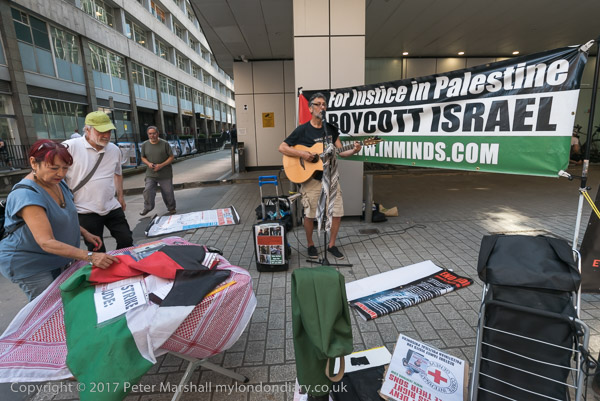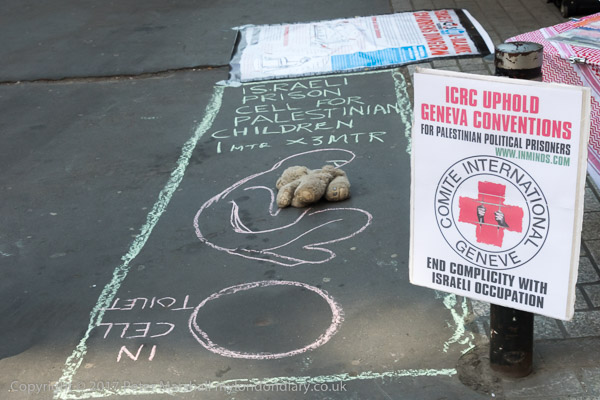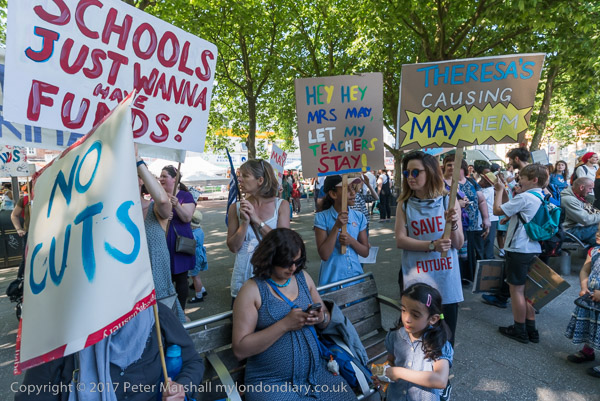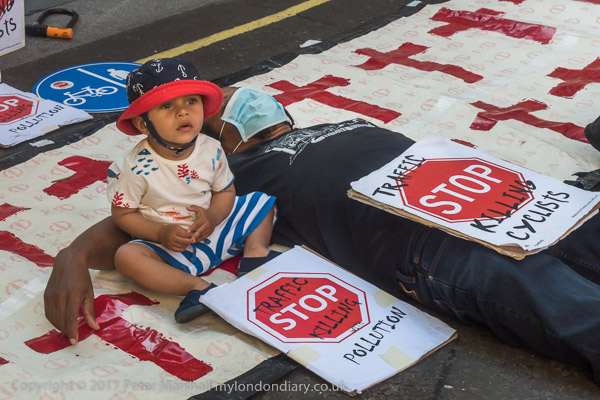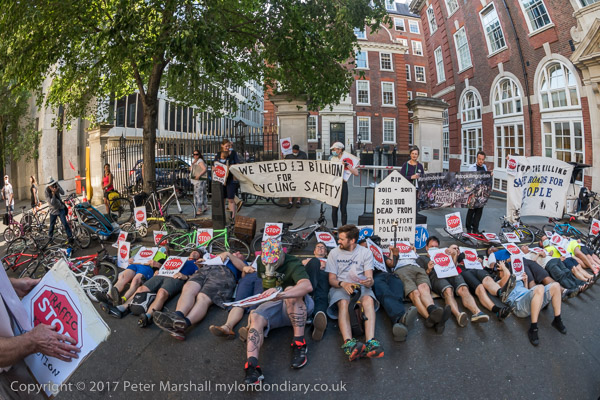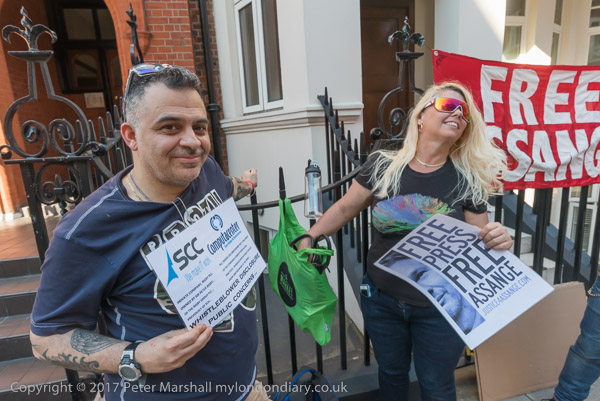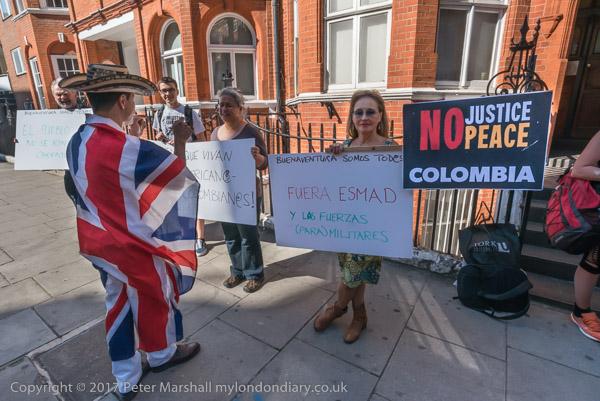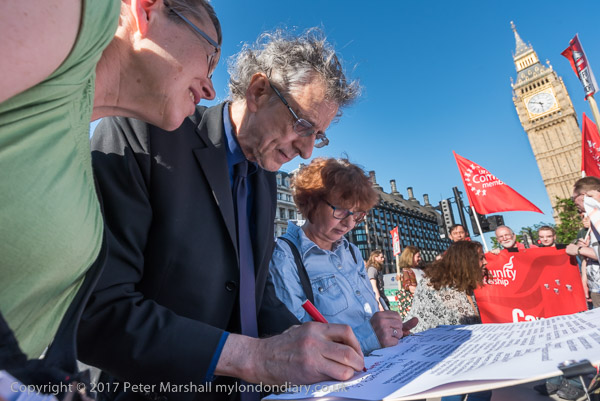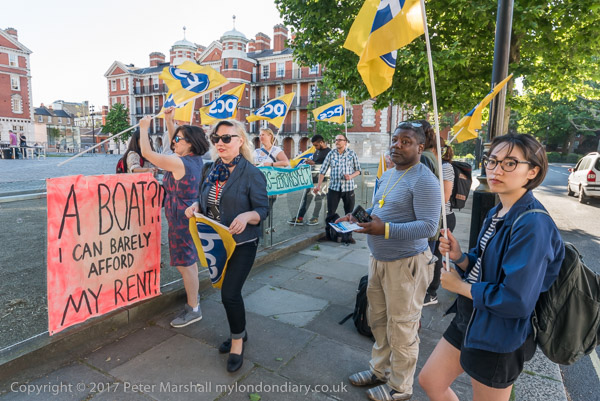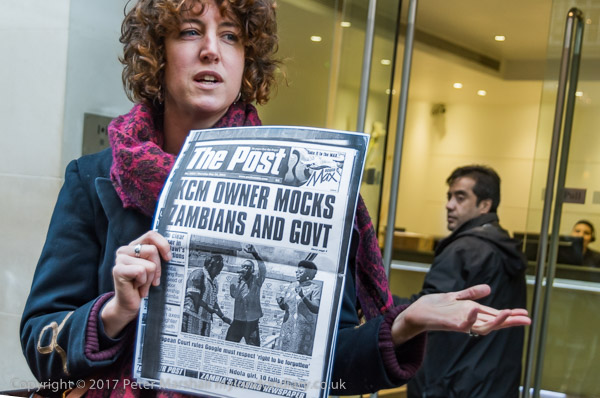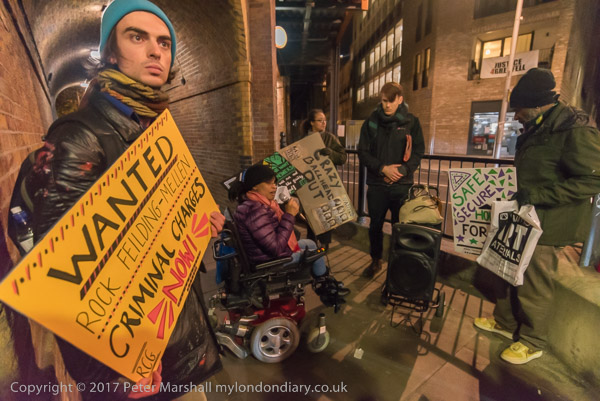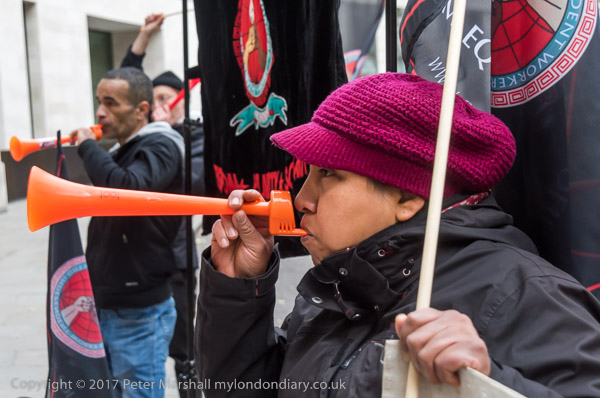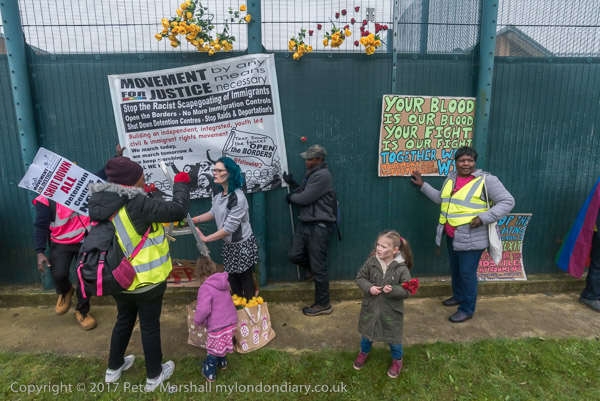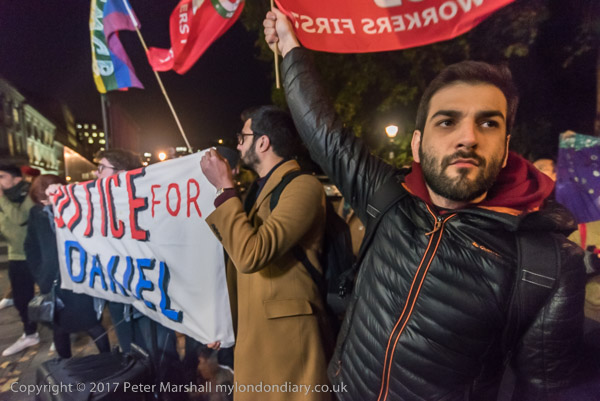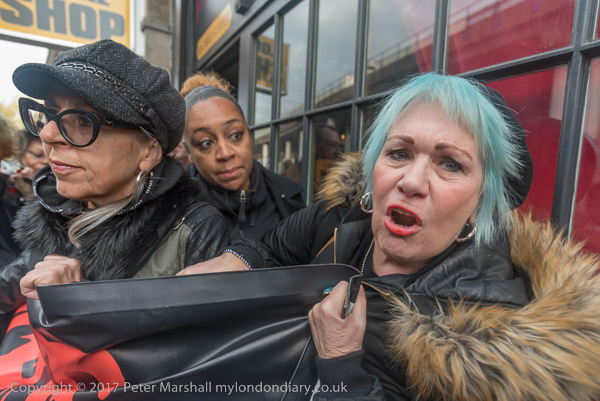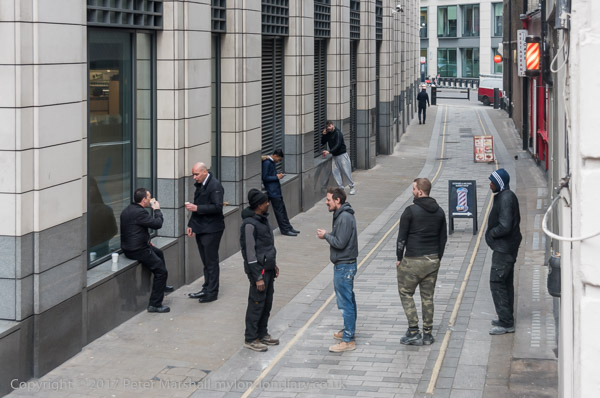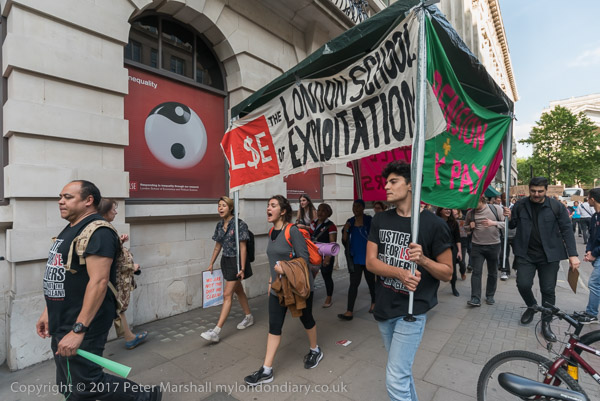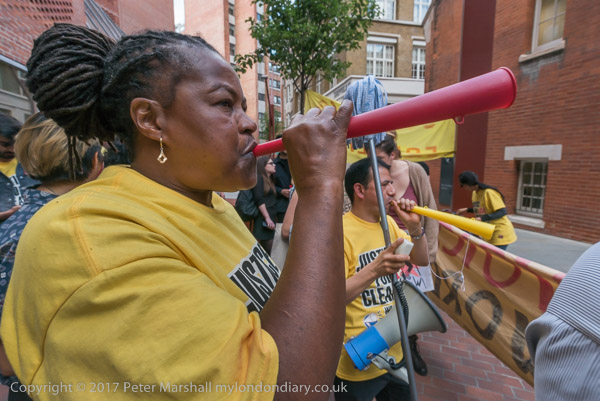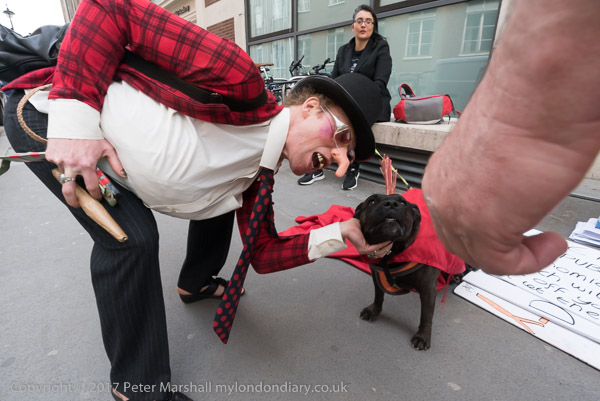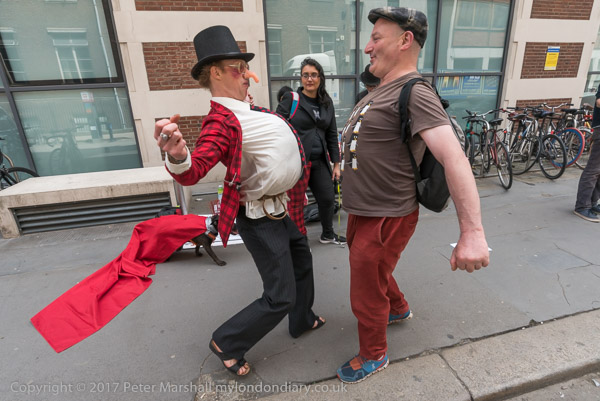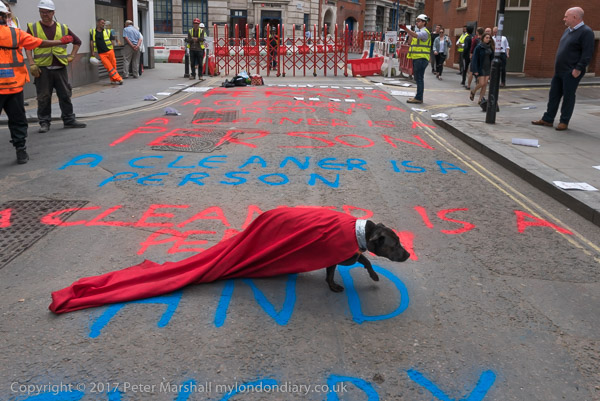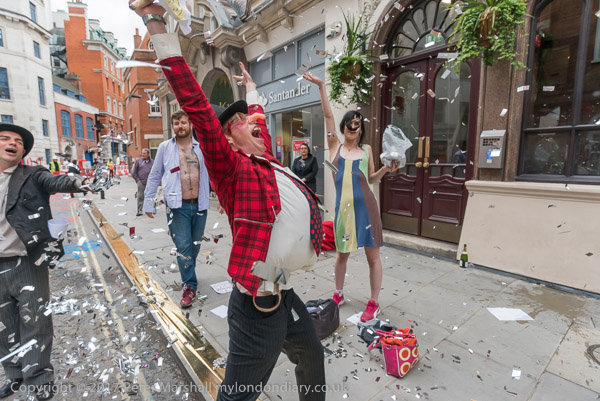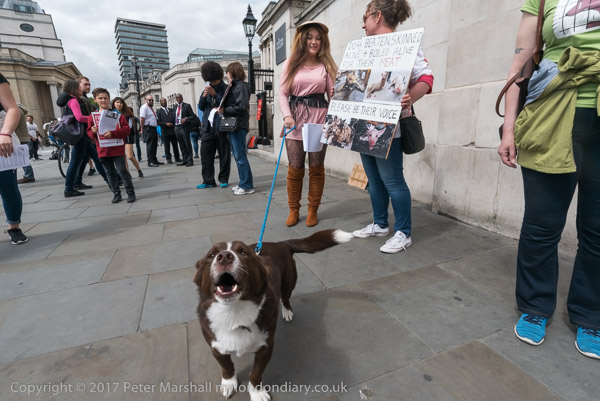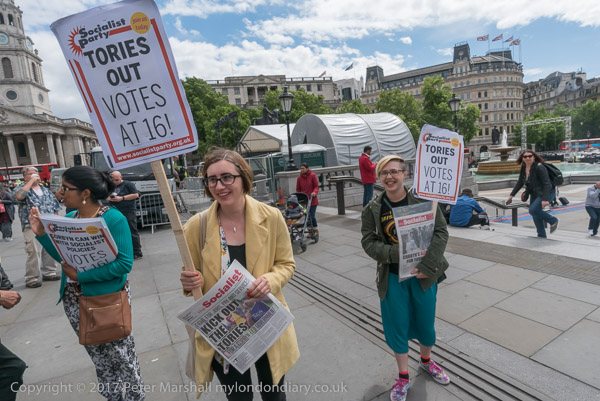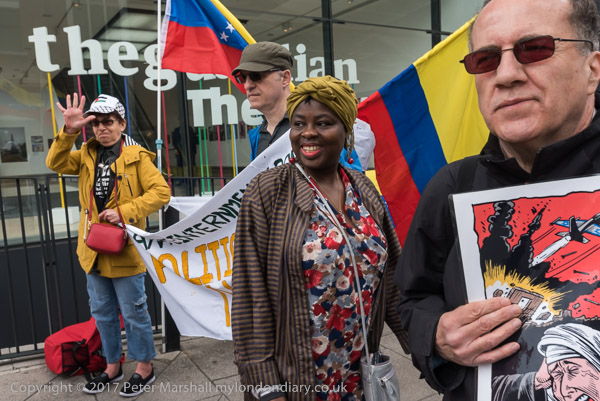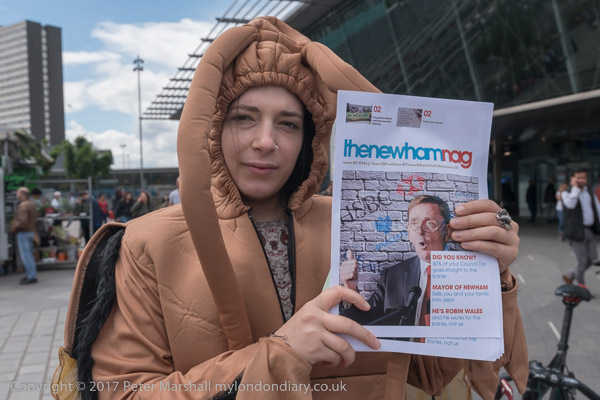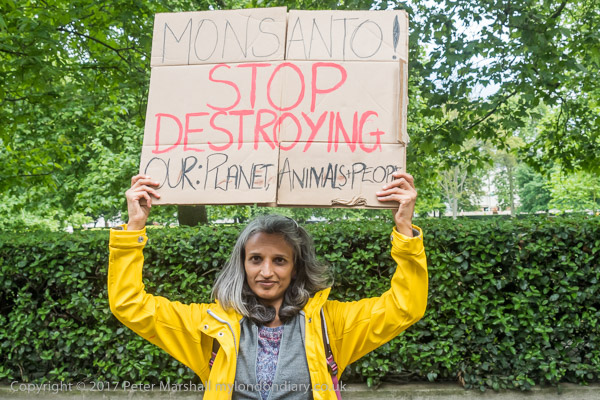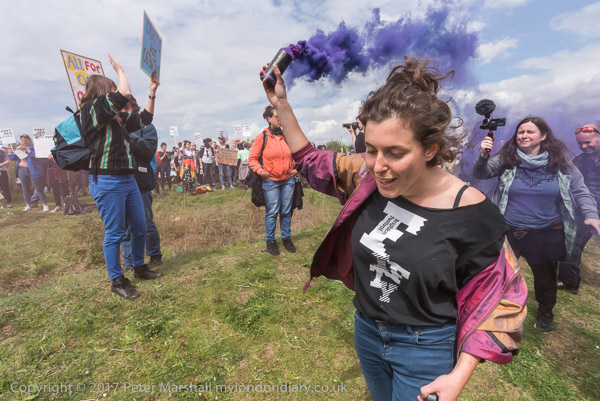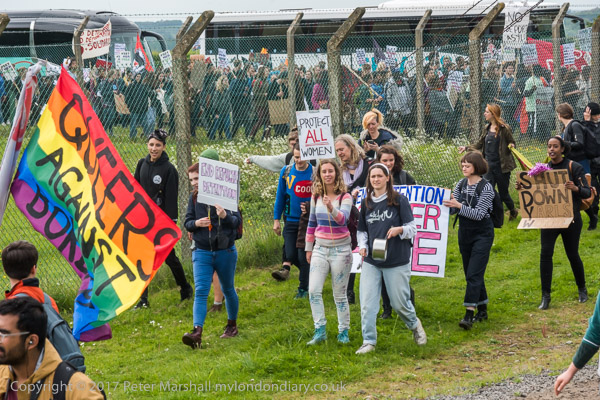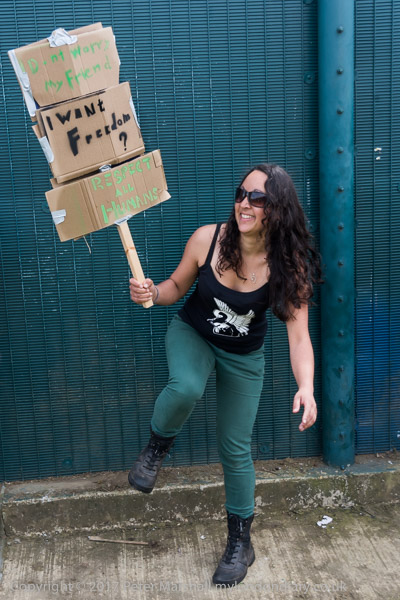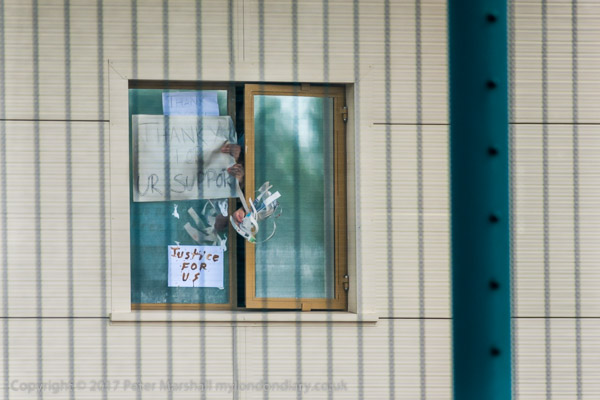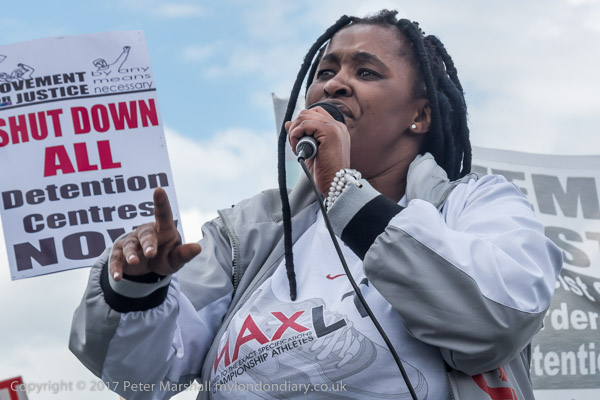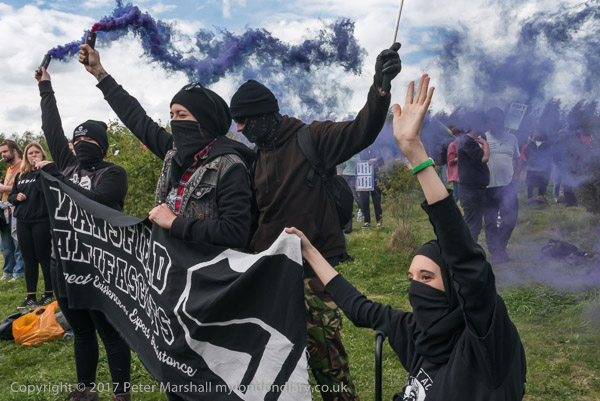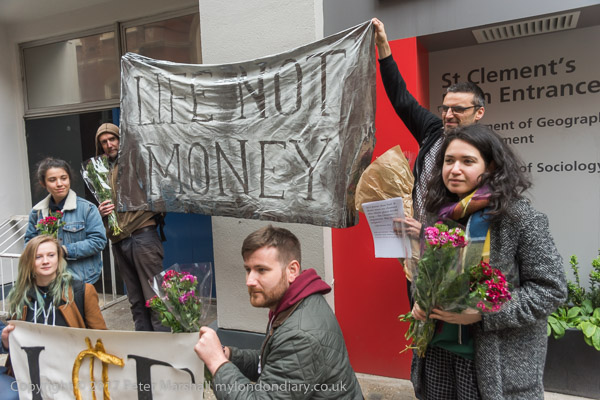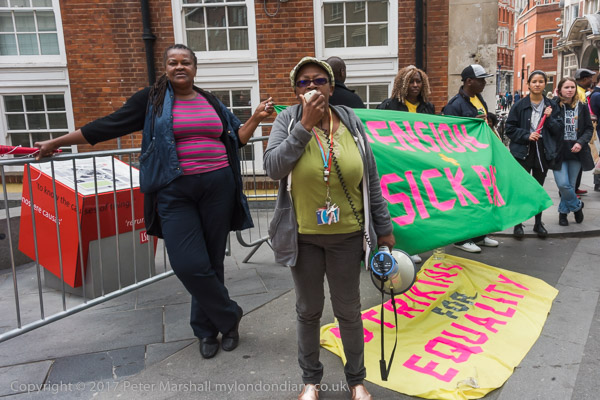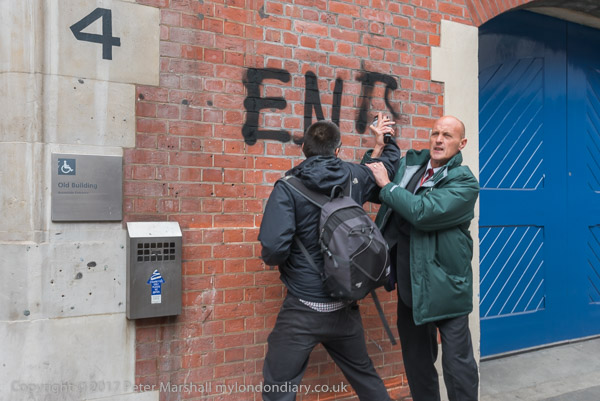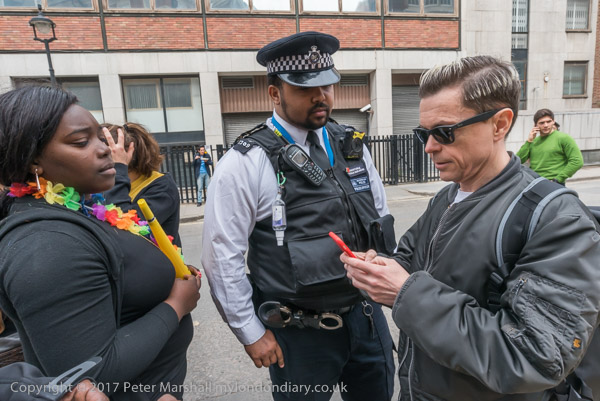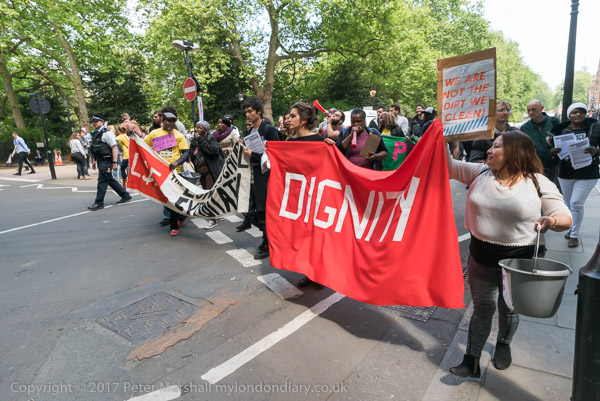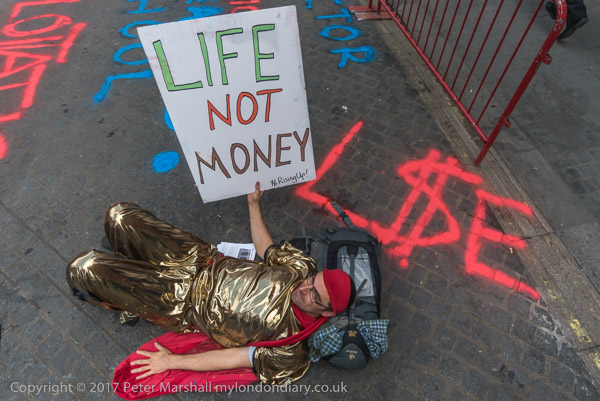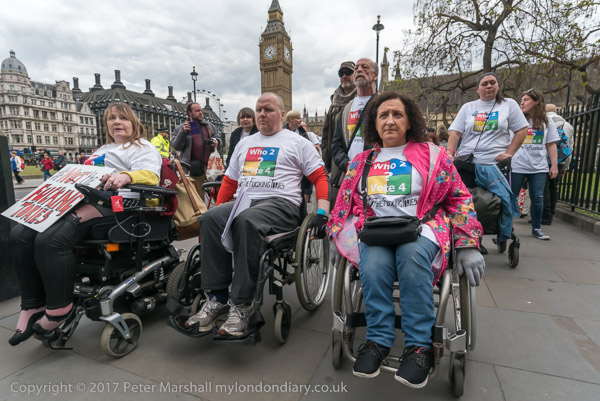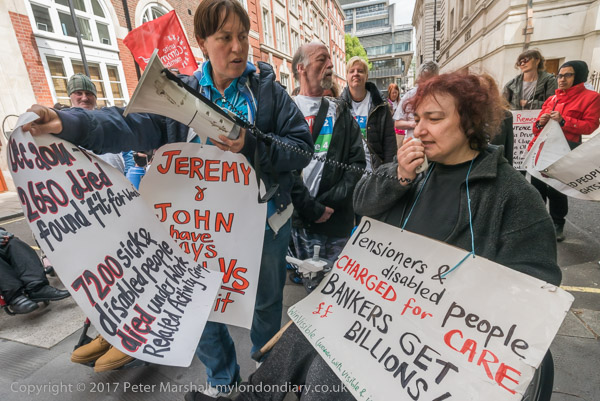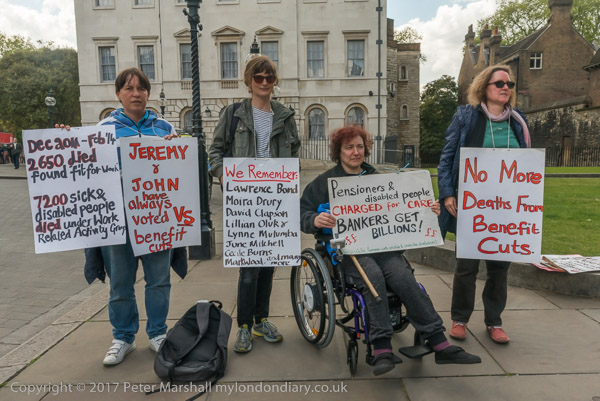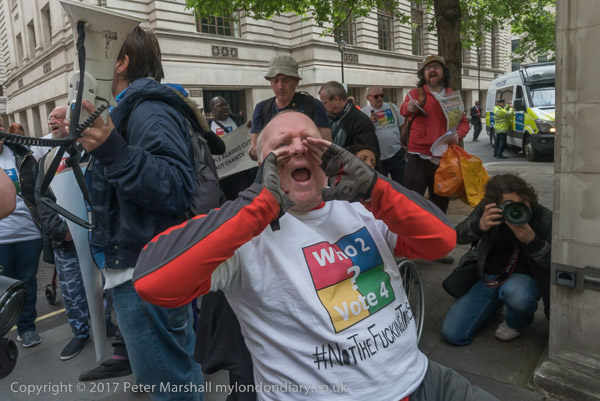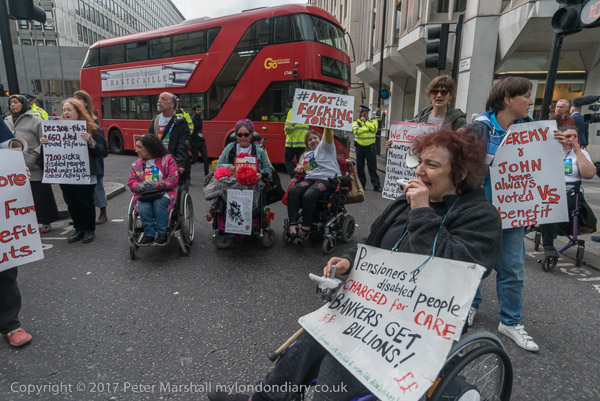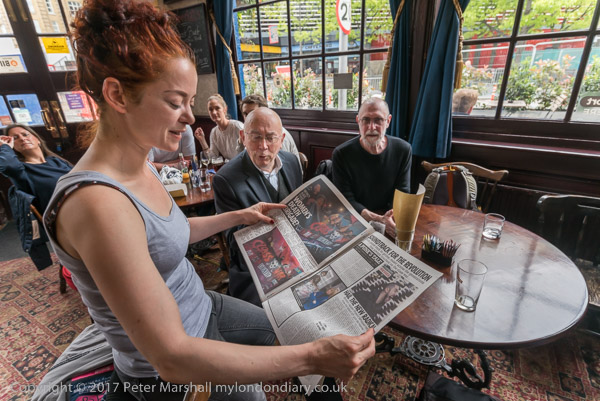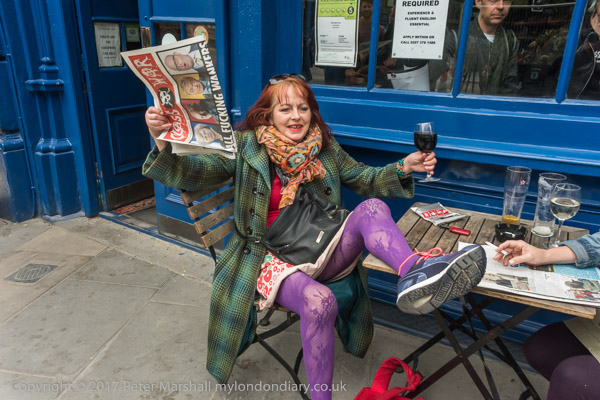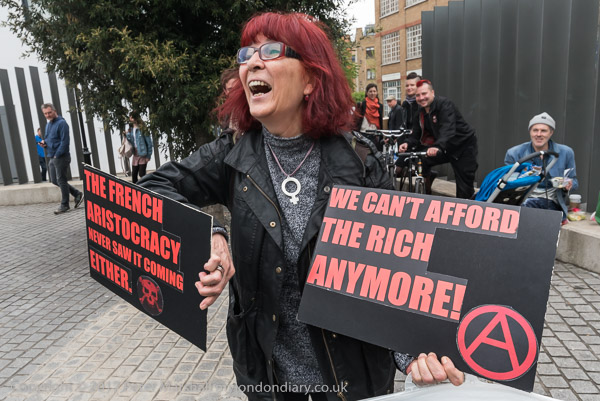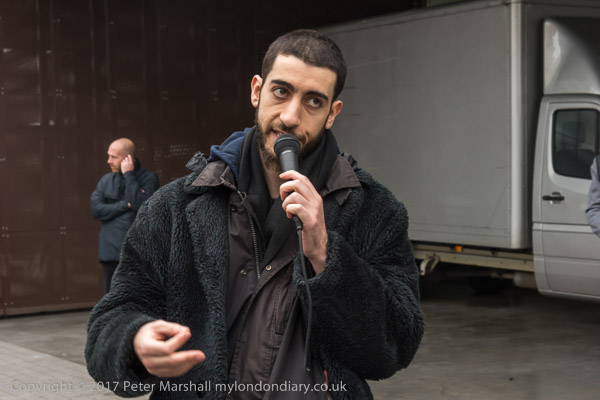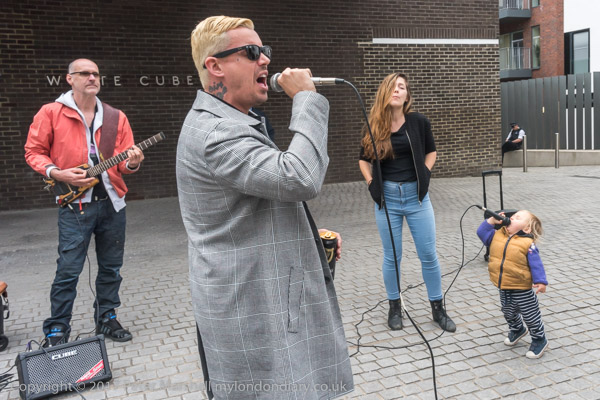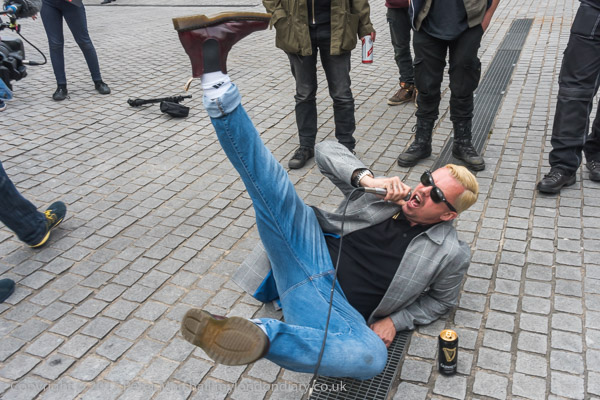I don’t usually work on Bank Holidays. Actually now they don’t have a great deal of significance for me, working as a freelance, they are just another day. I don’t drive so I’m not going to spend hours sitting in a traffic jam to some popular destination. Sometimes its a day or a weekend where we go away and stay with family who have an extra day off work, or we go out for a longish walk. But generally for us it’s a day just like any other.

This year, in our rather silly late May Bank Holiday (a kind of fixed Whitsun) there was a protest to tell the Prime Minister that the public are against having a vote in Parliament on the fox hunting bill. It’s a cruel and barbaric practice, chasing a terrified animal across country and often ending with it being torn apart by dogs. Something there should be no place for – like bear-baiting and dog fighting. Something that still goes on despite the act, and the efforts of hunt sabs – and often with police turning the other way so they can’t see either the illegal hunting or the violence against the sabs.
It has never been an effective way of controlling the numbers of foxes – and of course always depended on foxes being kept alive to hunt. Foxes can be a problem, as the bloody mess of chickens in one of my friends coops a few years back made only too obvious. But where necessary they can be killed humanely without making it a so-called sport.
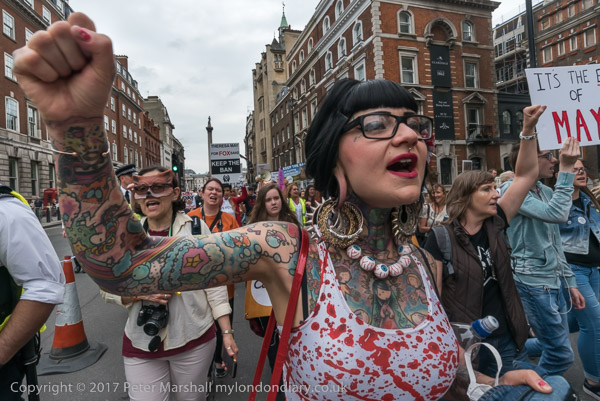
I wouldn’t join the sabs because although I’m against it, there are many other things I feel more strongly about, but I rather admire them for standing up for their principles, despite the abuse and violence they are often met with. If we had a local hunt I’d probably go along and take pictures of that and try to expose what they are subjected to.
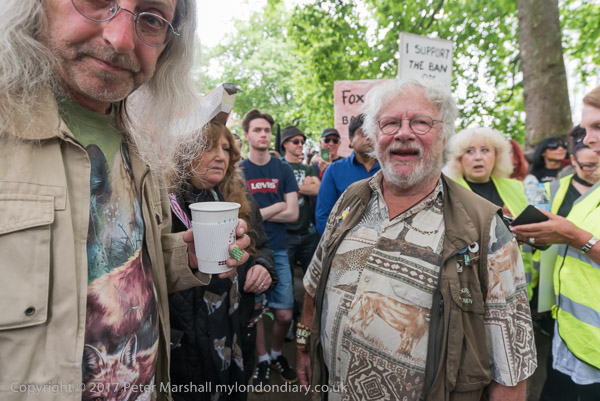
Despite a little celebrity support (and the little celebrity in this case was Bill Oddy) it was a protest that got relatively little coverage in the media, partly because the organisers determination to keep it well-behaved and entirely legal made it a little boring and predictable. The police were obviously expecting something rather more interesting and came in force, including some sniffer dogs, though I did wonder if they got extra overtime pay for working on a Bank Holiday.
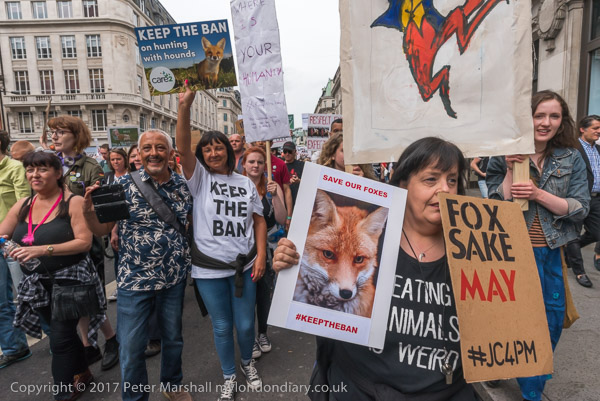
And of course hunting is very much a class issue, more so now than ever. Keeping a horse is an expensive business, and packs of hounds even more so, though it does provide a small amount of employment in the countryside. So it wasn’t surprising to find Class War on the march, but like me they soon lost interest in the speeches opposite Downing St and went to the pub.
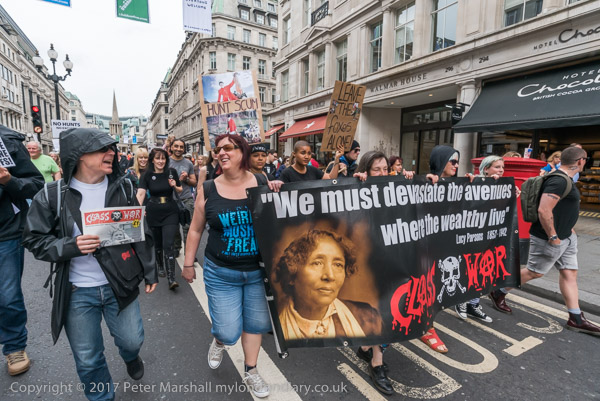
Class War were not standing any candidates in the General Election a couple of weeks later, but the Animal Welfare Party were, in Theresa May’s Maidenhead constituency. And although their banner read ‘Maidenhead Says No to Fox Hunting’, Andrew Knight got only 282 votes, around a third of that of the Green Party and UKIP and was rather comprehensively eclipsed by May’s 37,718 – though perhaps they contributed to this being down by 1.1%.
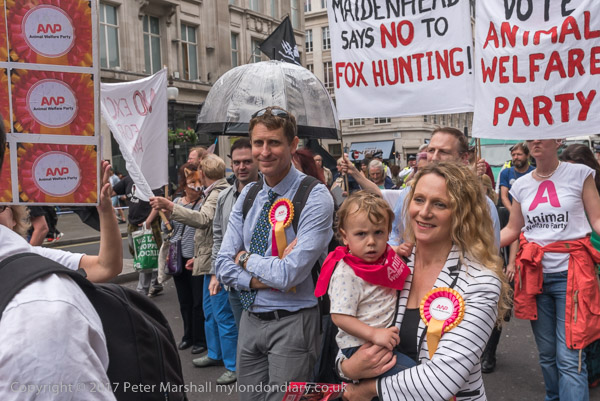
And the Animal Welfare Party did get rather more votes than Lord Buckethead, Grant Smith, Howling ‘Laud’ Hope of the Monster Raving Loony Party, the Christian Peoples Alliance candidate Edmonds Victor, The Just Political Party’s Julian Reid and Yemi Hailemariam and Bobby Smith!
